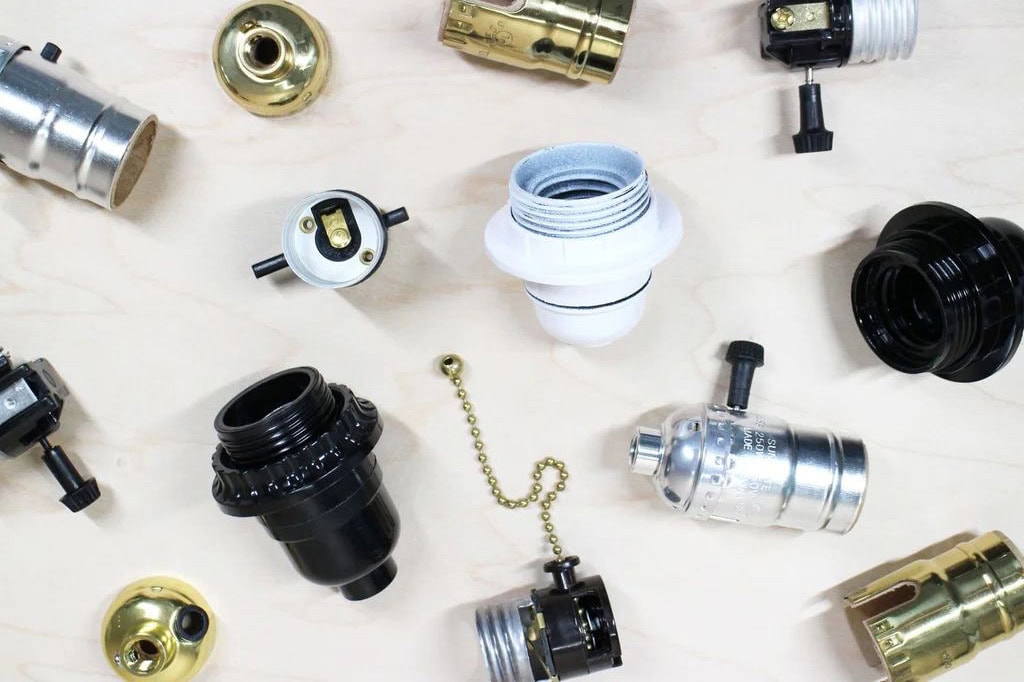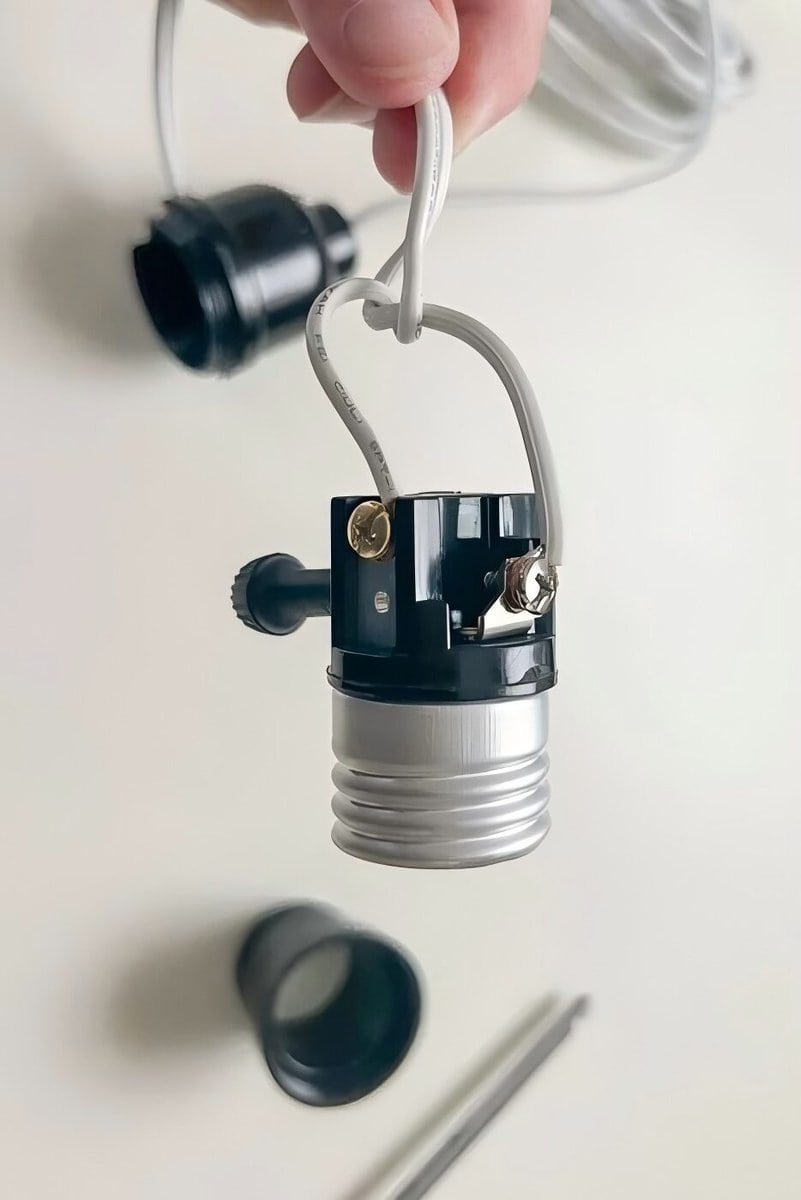Finding the right lamp to fit your light bulb socket can be confusing, especially with so many sizes and standards available. Misunderstanding the compatibility between lamps and sockets may lead to inefficiencies, damage, or safety risks. Thankfully, lamps with Edison screw bases are among the most common types and are designed to screw directly into compatible light bulb sockets.
Lamps with Edison screw bases, such as E26 and E27, are universally used in residential, commercial, and industrial applications. These bases feature a threaded design that securely fits into corresponding sockets, providing reliable and simple installation.
Understanding the various types of screw-in lamp bases and their applications is essential for making an informed choice. This article will guide you through the different options and considerations to ensure you select the correct lamp for your needs.

Understanding Screw-in Lamp Bases
The screw-in base, also known as the Edison Screw (E), is a globally recognized standard. The naming convention starts with “E” followed by a number indicating the diameter of the base in millimeters. For example, an E26 base has a 26mm diameter, while E27 has a 27mm diameter. Despite the slight size difference, these two are often interchangeable, although voltage compatibility should be checked.
Screw-in bases are widely used in homes, offices, and outdoor spaces due to their simplicity and versatility. They are compatible with many types of bulbs, including incandescent, LED, and CFL, making them a favorite for general-purpose lighting.
Key Types of Screw-in Bases
Two of the most common bases are E26 and E27. The E26 base is standard in North America and operates on 120 volts, while the E27 base is used in Europe and supports 220-240 volts. The difference in size is just 1mm, so the two can usually be interchanged as long as the voltage matches the lamp’s requirements. For instance, LED bulbs designed for universal voltage can work in both E26 and E27 sockets.
Other notable types include the E12 (Candelabra), which is often used in chandeliers and decorative fixtures, and the E40 (Mogul), which is suited for high-wattage industrial applications. Each type serves specific purposes, catering to both residential and commercial needs.
Material Considerations for Lamp Sockets
The material of the socket plays a significant role in its durability and heat resistance. Porcelain sockets are known for their ability to withstand high temperatures, making them ideal for powerful or heat-intensive lamps like metal halide or sodium vapor bulbs. Plastic sockets, while less heat-resistant, are lightweight and cost-effective, making them suitable for general lighting.
Metal-based sockets, often made of brass or zinc alloys, provide excellent electrical conductivity and are commonly used in outdoor or industrial environments where durability is crucial.

Certifications and Standards
Safety and performance certifications ensure that the lamps and sockets meet international standards. Look for certifications such as UL (Underwriters Laboratories) for North America, CE (Conformité Européenne) for Europe, and RoHS (Restriction of Hazardous Substances) compliance for environmental safety.
These certifications guarantee that the product has undergone rigorous testing and meets essential safety requirements, providing peace of mind and reliable performance.
Specialized Screw-in Lamps and Sockets
Advancements in lighting technology have introduced specialized options for screw-in lamps. Dimmable and smart bulbs, for instance, are designed to be compatible with standard Edison screw sockets, allowing for enhanced control over brightness and color temperature.
Adapters and converters expand the functionality of screw-in sockets. For example, a B22 to E27 adapter enables a bayonet bulb to fit into an Edison screw socket, while a GU10 converter allows for compatibility with pin-based lamps. These accessories increase flexibility and reduce the need to replace fixtures.
How to Choose the Right Screw-in Lamp
Selecting the right lamp requires careful consideration of the following factors:
- Check Compatibility: Ensure that the lamp base matches the socket type and supports the correct voltage and wattage.
- Assess Application: Consider the environmental conditions, such as heat, humidity, or exposure to the elements, and choose a lamp with appropriate durability.
- Review Certifications: Always prioritize lamps with recognized safety certifications to minimize risks and ensure compliance with local regulations.
Maintenance Tips for Screw-in Lamps
Proper maintenance extends the lifespan of both the lamp and the socket. When installing or removing a lamp, avoid over-tightening as this can damage the threads or the socket. Inspect the socket regularly for signs of wear, corrosion, or overheating, especially in high-use or outdoor settings.
For enhanced performance, clean the socket contacts periodically to ensure good electrical conductivity. This simple step can prevent flickering and prolong the life of the bulb.
Final Words:
Choosing the right lamp that screws into a lamp holder doesn’t have to be complicated. By understanding the types of screw-in bases, their applications, and the importance of material and certification, you can ensure compatibility, safety, and optimal performance for your lighting needs.














